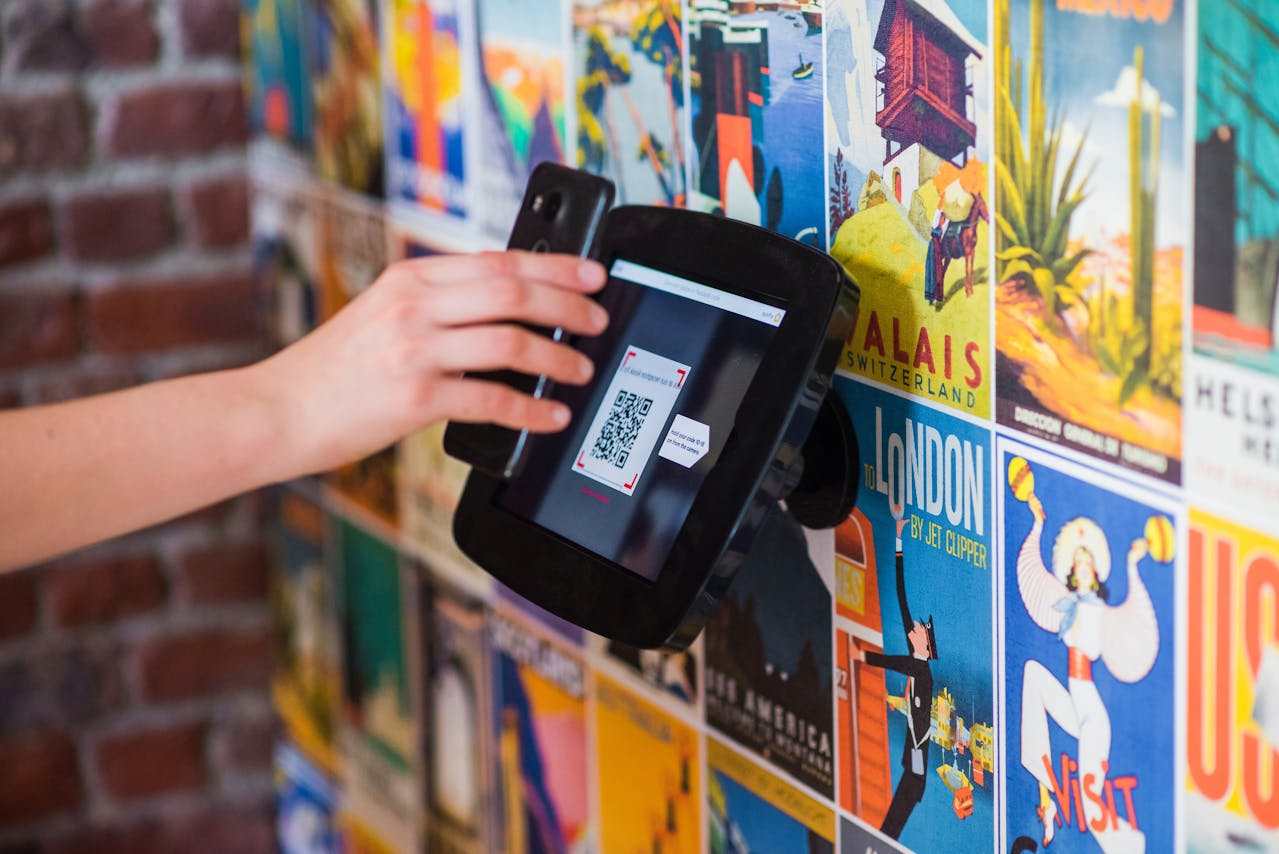In the ever-evolving landscape of professional photography, you are poised on the brink of a transformative era where art meets artificial intelligence. As a discerning professional, you understand that the fusion of creativity and cutting-edge technology is not merely a trend but a powerful tool to enhance the value you deliver to clients. This article explores how you can harness AI to streamline workflows, elevate artistic expression, and ultimately drive business success. From advanced image editing to personalized client experiences, industry leaders like Dan Doyle Pleasantville demonstrate how the integration of AI is redefining the boundaries of what is possible in professional photography.

The Intersection of Art and Technology: A New Dawn for Photography
Technological Advancements Enabling Creativity
Recent advancements in artificial intelligence (AI) and machine learning have become pivotal in transforming the photographic process. AI-powered software can now analyze images swiftly, identify patterns, and suggest enhancements, allowing photographers to focus on the creative aspects rather than getting bogged down in technical details. For instance, advancements in editing software equipped with AI tools enable seamless background changes, facial retouching, and color correction, all at the click of a button.
Elevating Business Value through Technology
From a business perspective, integrating technology into photography practices offers significant advantages. AI-powered analytics tools enable photographers to understand market trends and customer preferences, allowing them to refine their offerings to meet client demands. Moreover, innovative platforms facilitate efficient management of portfolios, client interactions, and scheduling, enhancing operational efficiency.
A Creative Partnership for the Future
The collaboration between art and technology in photography is not just a trend but a profound shift in the artistic landscape. As photographers continue to adapt and innovate, they set new standards for what is possible, blending traditional techniques with futuristic tools to create works that are both technically impressive and aesthetically compelling. This harmony promises a vibrant future where creativity knows no bounds, paving the way for unprecedented artistic expression.
AI Tools Revolutionizing Professional Photography
Streamlining Workflow with Automation
Time is a precious commodity for professional photographers, and AI tools play a crucial role in streamlining their workflows. Automated processes powered by AI, such as image sorting, tagging, and editing, enable photographers to focus on the art rather than the minutiae. By quickly categorizing images based on content and quality, AI reduces the time spent on manual tasks, allowing for more efficient project turnaround. Additionally, AI-enhanced software facilitates retouching, providing precise adjustments with minimal effort.
Personalized Client Interactions
AI technology also plays a pivotal role in enhancing client relationships by enabling personalized interactions. Machine learning algorithms can analyze client preferences and past interactions to tailor recommendations and services. This results in a more customized experience, where clients feel understood and valued. Whether it’s suggesting a specific style or recalling previous preferences during a new project, AI helps photographers build stronger connections and deliver unrivaled customer satisfaction. By leveraging AI, photographers not only enhance their artistic capabilities but also strengthen the business value they provide to clients.
Enhancing Creativity: How AI Complements the Artistic Vision
Expanding the Creative Horizon
In the realm of professional photography, the integration of artificial intelligence acts as a catalyst for creativity, pushing the boundaries of what is conceivable. By leveraging AI, photographers are equipped with powerful tools that not only enhance their work but also allow them to explore new artistic directions. This symbiotic relationship between art and technology encourages photographers to experiment with unconventional styles and techniques, fostering a more dynamic and innovative creative process.
Refining Artistic Techniques
The precision and efficiency offered by AI technologies enable photographers to refine their techniques with unparalleled accuracy. Advanced editing algorithms streamline complex tasks such as retouching, object removal, and lighting adjustments, allowing photographers to focus more on their creative vision rather than technical constraints. This results in meticulously crafted images that retain their artistic integrity while meeting professional standards.
Encouraging Collaborative Innovation
AI also fosters a collaborative environment between photographers and technology developers, bridging gaps in knowledge and expertise. This partnership yields the creation of personalized tools and applications designed to meet the unique needs of photographers. Through this collaboration, photographers gain access to cutting-edge advancements that elevate their artistic capabilities, reinforcing the symbiosis of art and technology in delivering exceptional business value.
Final Thoughts
In embracing the unity between art and artificial intelligence, you stand at the forefront of a transformative era in photography. By harnessing AI’s capabilities, you enhance your creative vision, streamline workflows, and offer unprecedented value to clients. This fusion not only elevates your artistry but also positions you competitively in a rapidly evolving market. As you continue to explore these technological advancements, professionals like Dan Doyle Pleasantville exemplify how innovation can redefine the boundaries of visual storytelling, ensuring your work remains impactful.











